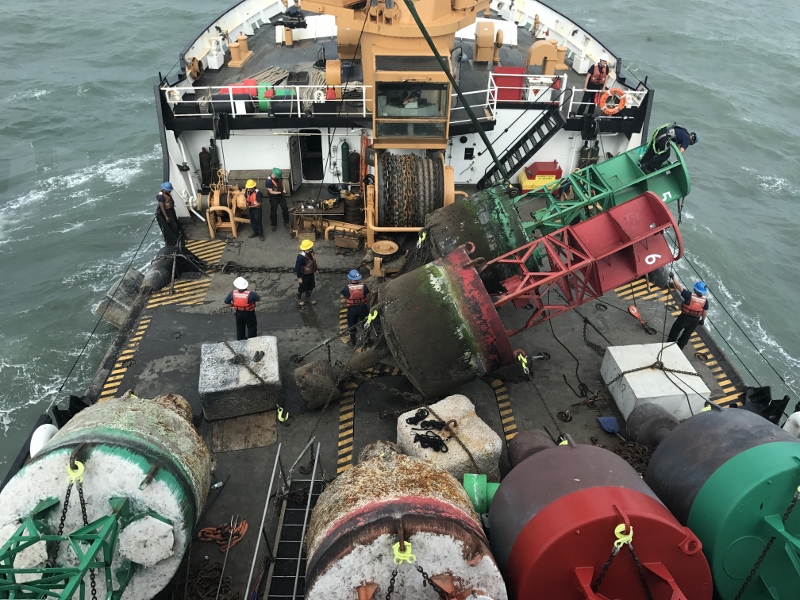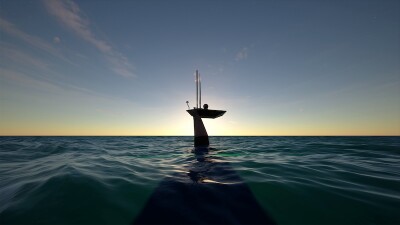Now well on its way to recapitalizing its offshore fleet, the Coast Guard has turned to its aging inland workboats.
Back in September Coast Guard Commandant Adm. Karl Schultz told members of Congress that $25 million they added to the 2018 budget, the service is moving ahead to design its new class of waterway commerce cutter (WCC) now with its own development program.
The fleet now is 35 buoy tenders and construction tenders, the last built in 1994 and all with an average age of 53 years.
Three requests for information have gone out to the inland maritime transportation and shipbuilding industries, seeking input on a design process now in its earliest stage. On Nov. 30 the design team came to the International WorkBoat Show in New Orleans, asking for help.
Their challenge is coming up with concepts that will fulfill the missions now carried out by three general types of vessels: inland construction tenders, river buoy tenders and inland buoy tenders, said Aileen Sedmak, manager of the WCC program, which is working with the Navy’s Naval Sea Systems Command to figure out design requirements.

The Coast Guard inland cutter fleet includes 35 varied vessel types. Here the cutter Vice, a 75’ inland construction tender based at St. Petersburg, Fla., conducts an aids to navigation assessment after Hurricane Michael in October 2018. Coast Guard photo.
On top of that, the future workboats need to be designed for conditions across the lower 48 states and Alaska.
“Think of it as a system of systems,” said Sedmak. “It is not an easy problem.”
Across the rivers and inland waterways the aging fleet maintains more than 28,200 aids to navigation over 12,000 miles, carrying some 630 million tons of cargo a year, according to the Coast Guard.
Along with buoy tending and construction, the new class of inland cutters need to handle search and rescue, port security and safety and environmental protection missions.
Coast Guard planners say they are accelerating to effort, to get the first new inland cutter operating in 2024 and a new fleet underway in 2030. Those next generation workboats will be taking care of the inland waterways for the rest of this century, so the towboat industry needs to be involved now.
The WCC design team can be reached by email at [email protected] and information about the program is on their web page at https://www.dcms.uscg.mil/Our-Organization/Assistant-Commandant-for-Acquisitions-CG-9/Programs/Surface-Programs/WCC/
The planners say they are open to any ideas and potential solutions – new designs that perform the missions more efficiently, with minimum needs for drydocking and shipyards for maintenance.





